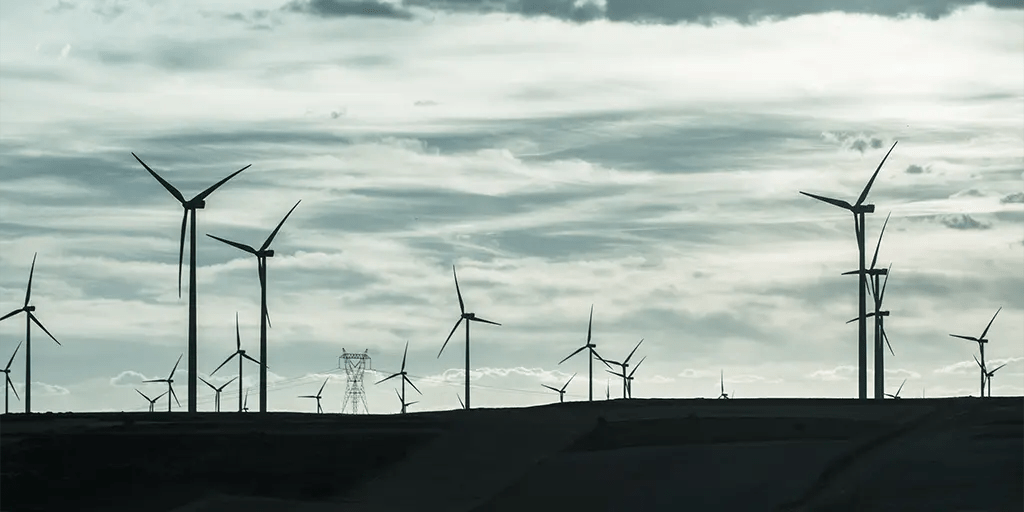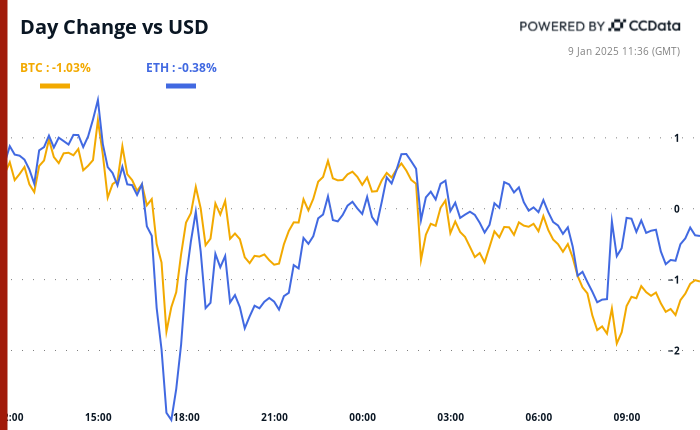
- Kidney is the most important excretory organ of frog.
- Frog mainly excretes urea, ammonia and water.
- In tadpole, kidney is pronephric but in adult kidney is mesonephric.
- Tadpole is ammonotelic while adult is ureotelic.
- Kidney is a paired organ. It lies in the abdominal cavity inside the sub-vertebral lymph sinus.
- They are dark reddish colored. Dorsal and ventral surfaces are flat.
- A long light yellow colored adrenal gland lies in its dorsal surface. It functions as an endocrine gland.
- Gonads lie towards the anterior end of adrenal gland. Numerous thin finger shaped structures encircle these structures. These are the stored food of frog at fat bodies.
- From the outer ends of each kidney, small canal arises, which is known as ureter.
- In male frog, ureter is called urino-genital duct, because sperms also pass out through this duct.
- These ducts are wider in the posterior part of kidneys known as seminal vesicle.
- The urine is stored in this sac before passing out.
- Tadpole is ammonotelic.
Functions of kidney:
- It regulates the water in the body.
- The waste products are separated from the blood.
- The useful substances required for the body are reabsorbed.
- It helps in the formation of urine.
- It regulates the acidic and basic medium in the body.
- It produces blood corpuscles during the embryonic stage.
Internal structure of a kidney:
- Each kidney is formed of numerous uriniferous tubules.
- Mesonephric kidney is not differentiated into cortex and medulla.
- The anterior end of each tubule ends in a cup like structure called Bowman’s capsule. A tuft of blood capillaries is present in it.
- Both these structures together form a Malphigian tubule.
- Malphigian tubules are ‘U’ shaped and finally open into a transverse collecting duct.
- Numerous collecting ducts are present which fuse together to form a longitudinal collecting duct or Bidder’s canal and it is attached with the ureter.
- The uriniferous tubules are hollow structures and their body wall is formed of glandular epithelium.
- The Bowman’s capsule and neck regions are ciliated and the rest of posterior parts are non-ciliated.
- There are four to five renal arteries, one renal portal vein and one dorso-lumbar vein that help in supplying blood to the kidneys.
- The blood is collected back by four or five renal veins.
- Each artery is distributed into numerous small branches inside the kidneys which is known as the afferent vessel.
- These branches are attached to Bowman’s capsule and finally form a glomerulus.
- These numerous branches later unite or group together to form the efferent vessel.
- The efferent vessel passes through the Bowman’s capsule and goes downwards and makes a stuck net like structure around the uriniferous tubules. This network forms a venule and finally opens into the renal vein.

Excretory system of frog
Excretion and its mechanism:
- Frog excretes urine in the form of urea. Such type of animals are called ureotelic animals.
- The proteins of food particles are converted into amino acids after digestion. These amino acids are further broken down into pyruvic acid and ammonia after oxidation processes.
- Ammonia is very much harmful for the body and internal organs. It combines with Carbon dioxide of blood and is converted into unstable urea.
- Urea is less toxic and less harmful than ammonia. It is soluble in water and is converted into urine. The above process of urine formation can be divided into three parts:
- Ultrafiltration:
- The glomerulus is always in contact with Bowman’s capsule and functions as a filter.
- The blood passes very slowly through the branches of glomerulus because their branches are very thin.
- 20% of water, urea, glucose and other substances are stored in the cavity of Bowman’s capsule and pass into its neck region.
- The ciliated epithelium assists or helps in this process and forms a soft substance known as ultra filtrate.
- Reabsorption:
- Most of the substances are absorbed during the ultrafiltration process. In this step, only important substances are absorbed. Hence, it is also known as selective absorption.
- Glucose, salts and water from the nearby parts of the tubules are reabsorbed from it.
- This reabsorbed filtrate will be very much hard in condition.
- Excretion:
- The filtrate is now passed up to the U-shaped lower end of the tubules.
- Here, the reabsorbed filtrate is mixed with the waste products from the blood. The waste products from blood is absorbed by the network of uriniferous tubules.
Excretory System in a Frog








Leave a Comment